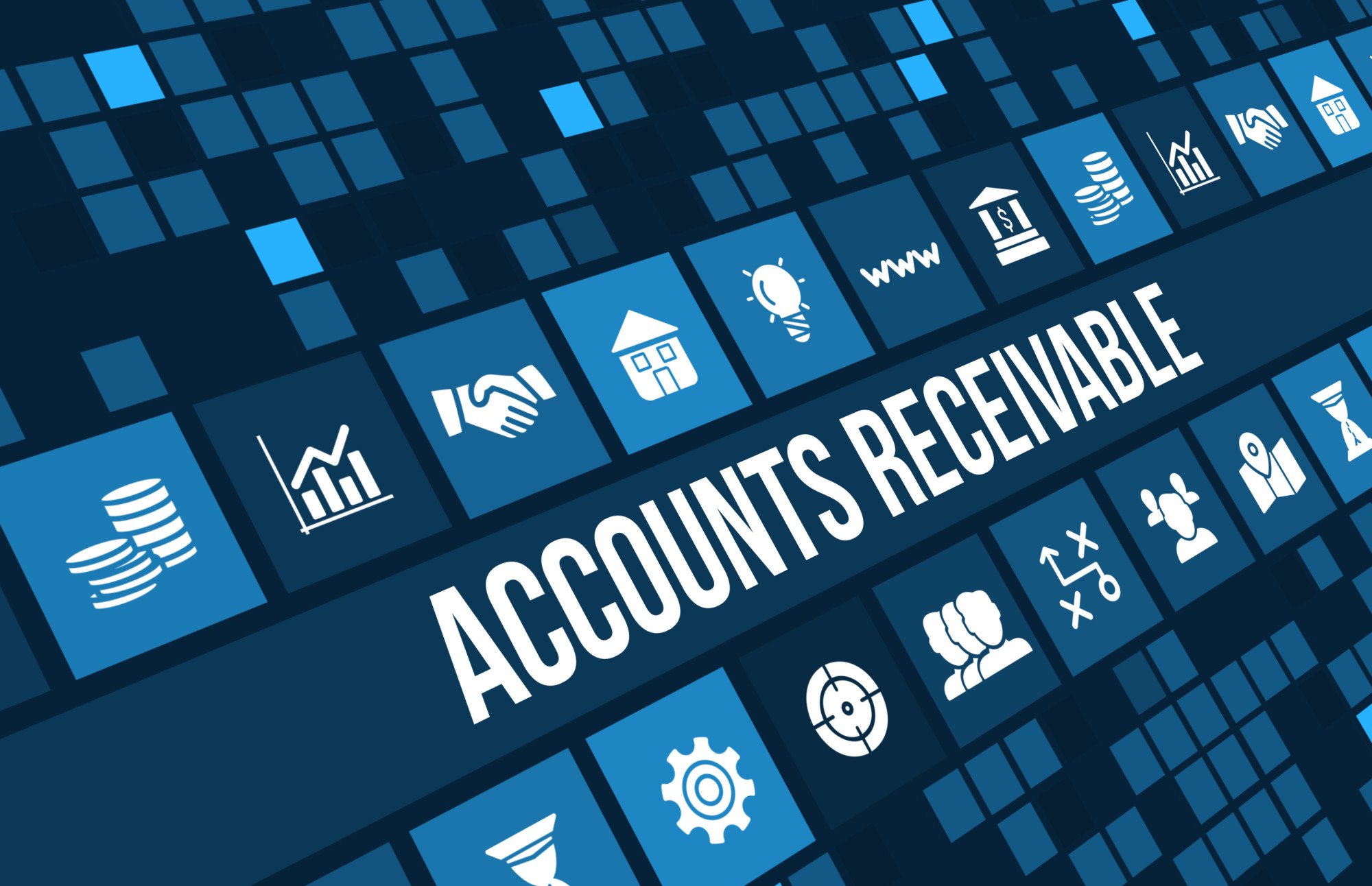In the tumultuous sea of financial challenges, bankruptcy stands as a legal lighthouse, guiding individuals and businesses through stormy waters towards a potential financial reset. This comprehensive guide will navigate you through the intricate process of bankruptcy, shedding light on its various facets and the benefits it can offer to those grappling with insurmountable debt.
Understanding the Different Types of Bankruptcy
Bankruptcy is not a one-size-fits-all remedy; it comes in different flavors tailored to the unique circumstances of debtors. Chapter 7, the liquidation chapter, and Chapter 13, the reorganization chapter, cater to individuals, while Chapter 11 takes center stage for businesses. Understanding the criteria and implications of each is crucial, as it paves the way for informed decision-making on the road to financial recovery. This is where a bankruptcy attorney in Phoenix comes in.
The Bankruptcy Filing Process
Embarking on the journey towards bankruptcy starts with seeking legal counsel, the seasoned navigators in this complex terrain. From meticulously documenting debts, assets, and income to filing the petition in bankruptcy court, each step requires precision. The devil is indeed in the details, and accuracy is the compass that guides debtors through the labyrinth of legalities.
- Seeking Legal Counsel:
- Begin your journey by engaging with a qualified bankruptcy attorney. These legal professionals are the seasoned navigators who can help you understand the nuances of bankruptcy law, assess your situation, and guide you through the process.
- Conducting a Detailed Financial Review:
- Work closely with your attorney to meticulously review your financial situation. This involves a comprehensive examination of debts, assets, and income. It’s crucial to leave no stone unturned during this stage to ensure accuracy in your bankruptcy petition.
- Documenting Debts:
- Compile a detailed list of all your debts. This should include outstanding balances, creditor information, and the nature of each debt. This documentation serves as the foundation for your bankruptcy filing, providing a clear snapshot of your financial obligations.
- Assessing Assets:
- Identify and assess all your assets. This encompasses everything from real estate and vehicles to personal belongings. Classify these assets as exempt or non-exempt based on bankruptcy laws, as this classification will influence the subsequent steps in the process.
- Detailing Income and Expenses:
- Provide a thorough breakdown of your income sources and monthly expenses. This transparency is vital for the court to understand your financial capabilities and constraints. Accurate documentation ensures a more seamless evaluation of your financial standing.
- Choosing the Appropriate Bankruptcy Chapter:
- Based on your financial review and in consultation with your attorney, determine the most suitable bankruptcy chapter for your situation. Whether Chapter 7, Chapter 13, or another chapter, this decision lays the groundwork for the specifics of your bankruptcy case.
- Preparing the Bankruptcy Petition:
- With the assistance of your attorney, draft the bankruptcy petition. This legal document formally initiates the bankruptcy process and includes essential information about your financial situation, debts, assets, income, and proposed repayment plans if applicable.
- Filing the Petition in Bankruptcy Court:
- Once the petition is prepared, it’s time to file it with the bankruptcy court in your jurisdiction. Filing initiates the legal proceedings, and the court will become actively involved in overseeing the case from this point forward.
- Meeting of Creditors (341 Meeting):
- After filing, you’ll attend a meeting of creditors, also known as the 341 meeting. This meeting provides creditors an opportunity to question you about your financial affairs. Your attorney will guide you on how to prepare for and navigate this crucial step.
- Complying with Court Requirements:
- Throughout the bankruptcy process, diligently adhere to any court requirements or requests. This may include submitting additional documentation, attending hearings, or providing updates on your financial status. Compliance ensures a smoother progression through the legal channels.
The Role of Bankruptcy Court
The bankruptcy court serves as the captain steering the ship through the choppy waters of insolvency. From scrutinizing filed petitions to appointing trustees, the court plays a pivotal role in overseeing the case. Understanding the court’s decisions is akin to deciphering the wind’s direction—it determines the course of the bankruptcy voyage.
Automatic Stay and Creditor Negotiations
One of bankruptcy’s immediate lifelines is the automatic stay—a legal force field that halts most collection actions against the debtor. This respite from creditor pursuits provides a breather, preventing actions like foreclosure or repossession. It’s a shield allowing debtors to regroup and plan their next moves in the financial chess game.
Asset Liquidation or Repayment Plans
In the realm of Chapter 7 bankruptcy, asset liquidation takes center stage. It’s the process of selling non-exempt assets to repay creditors. On the flip side, Chapter 13 introduces a different game plan—a court-approved repayment plan. Think of it as a structured roadmap to settle debts, allowing debtors to navigate their way out of the financial maze.
Discharge of Debts
The beacon of hope in the bankruptcy odyssey is the discharge of debts. Picture it as a clean slate, releasing the debtor from personal liability for certain types of debts. However, not all debts are created equal—while some can be wiped away, others like student loans and child support obligations stand resilient against the tides of discharge.
Rebuilding Credit and Financial Health Post-Bankruptcy
Once the storm of bankruptcy has passed, the process of rebuilding begins. Guiding debtors through this phase involves imparting financial wisdom—budgeting, responsible credit use, and strategic financial planning. It’s a journey towards not just creditworthiness but overall financial stability.
Understanding the Long-term Impacts
While bankruptcy offers a fresh start, its echoes resonate in the long term. Credit scores bear the scars, and future credit availability may face hurdles. However, it’s crucial to recognize that even in the face of these challenges, bankruptcy can be a catalyst for positive change—a second chance at financial redemption.
Conclusion
In the realm of financial turbulence, bankruptcy emerges as both a challenge and a solution. It’s a tool for those facing insurmountable debt, a legal mechanism designed to provide a reset for those navigating stormy financial seas. As we conclude this journey through the labyrinth of bankruptcy, it’s clear that careful consideration and legal guidance are the anchors that ensure a safe passage towards a brighter financial horizon.



